


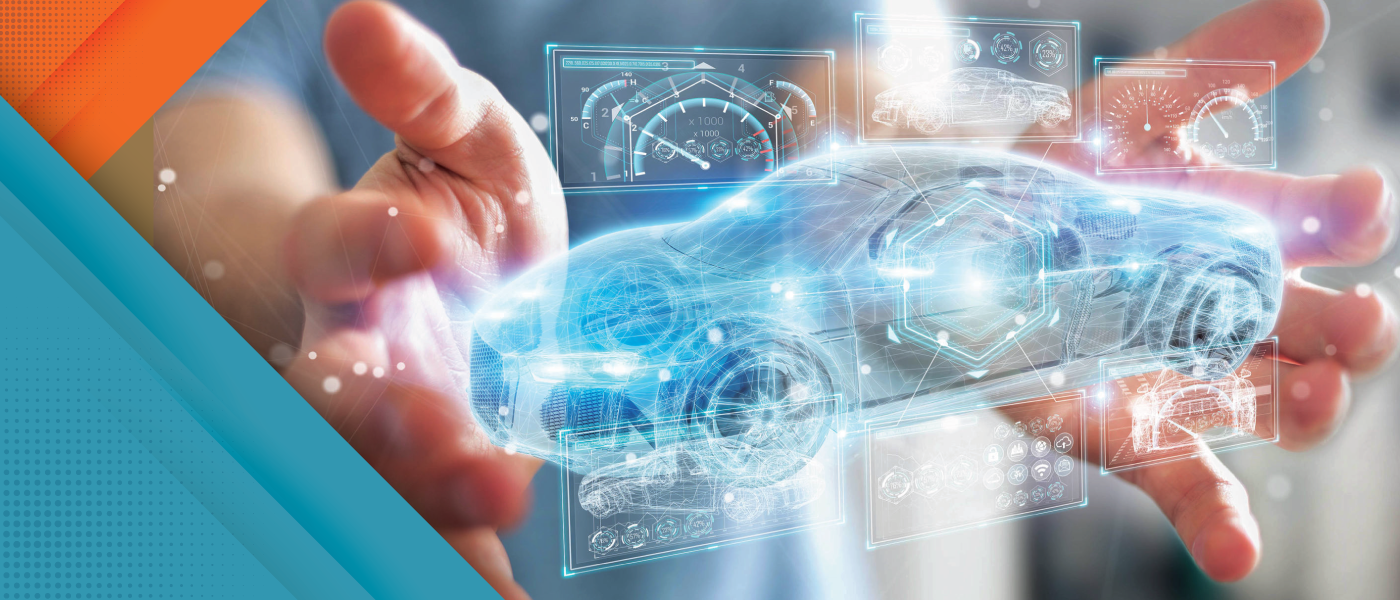
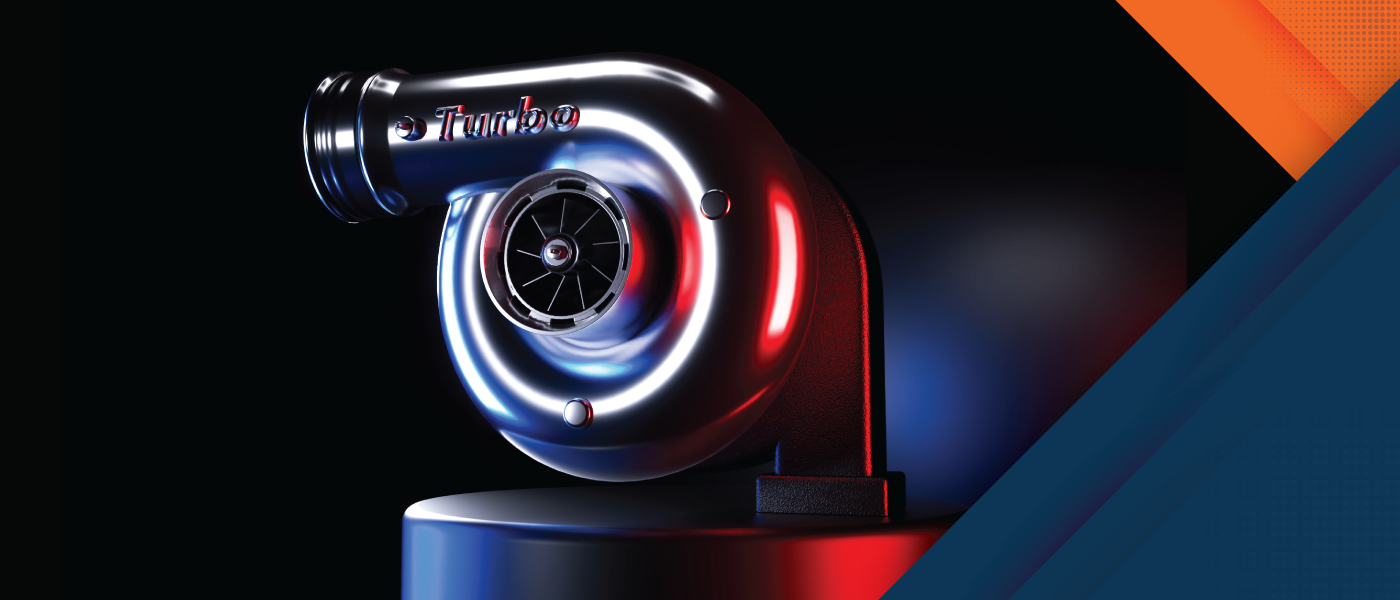


Explore fleet and GMV forecasts for a wide range of segments like carsharing, ride-hailing, bike-sharing, demand-responsive transport (DRT), and mobility-as-a-service (MaaS). Take an in-depth look into competitive benchmarking, competitive force, key country profiles, and much more.
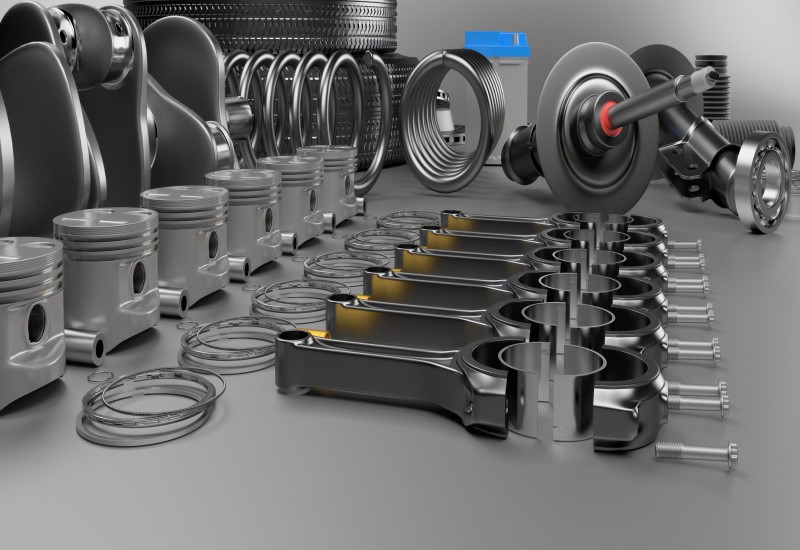
How are forecasts derived from miles driven, usage patterns, replacement rate, and total vehicles in operation (VIO)? Who are the top aftermarket competitors in this mature landscape? Examine this sector based on factors like unit shipment, revenue, distribution channel, and price.

What is the impact of international climate targets? How are governments promoting the use of alternative powertrains in buses? How will hydrogen be a key source of energy to manage and store the excess electricity generated through sustainable power generation methods?

Transform Your Organization with the Right Communications Technology Partner and Turn Challenges into Opportunities
Disruption is not only unavoidable; it’s quite simply the “new normal.” Communications technology advancements, coupled with socio-demographic shifts such as the growing proportion of digital natives among consumers and the workforce, have transformed entire industries for the past couple of decades. However, it wasn’t until the recent pandemic that business models were disrupted on a massive scale. The widespread move to remote and hybrid workstyles wreaked havoc but created opportunities for organizations to rethink the way they operate and serve customers. Digital technology adoption skyrocketed in the past three years as business leaders strove to maintain worker productivity and effective customer engagement across expanded physical distances.
Schedule a dialog or email us at myfrost@frost.com to connect with an industry expert at no charge. We are taking unprecedented action to make our team available to help you cut through the media and politics to get factual one-to-one guidance for the issues and opportunities that matter most to your business.

Explore widely accepted and used features like roadside assistance, UBI, and more in regions like Europe
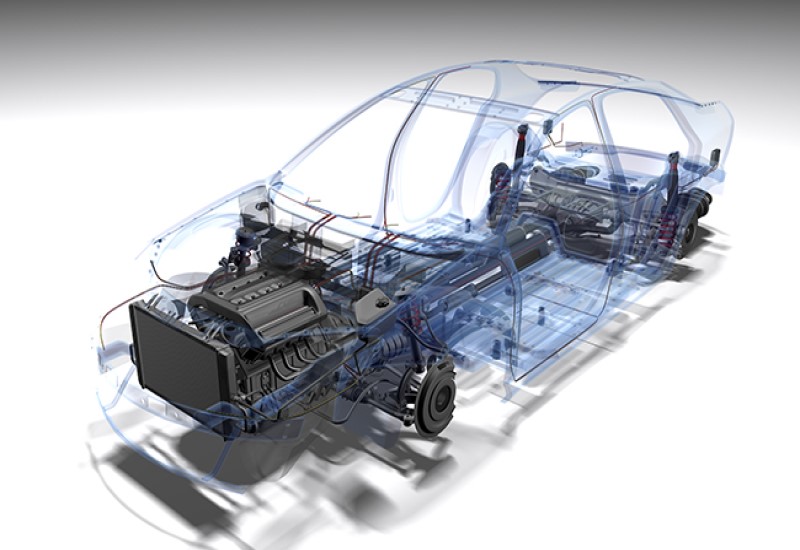
How will major technologies like artificial intelligence and Industry 4.0/5.0 impact this landscape?
Read more Request Info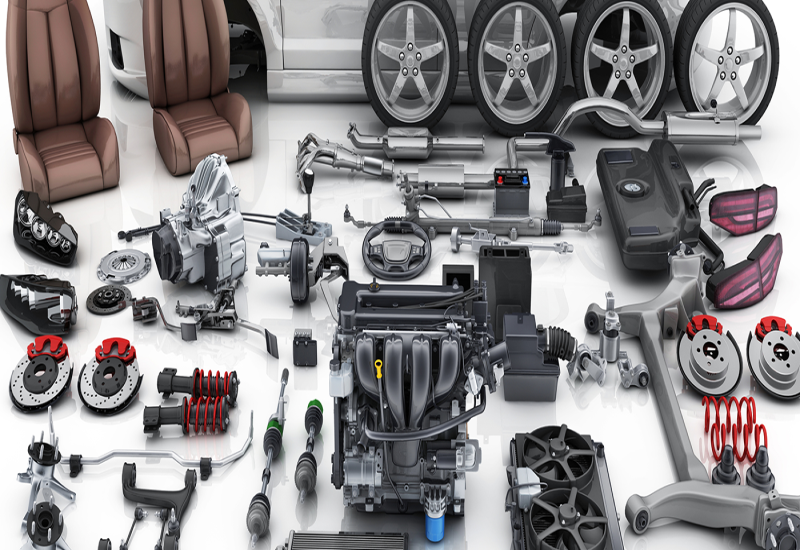
Who are the top distributors in this space, based on a wide range of benchmarking criteria?
Read more Request Info
What are the opportunities for driving solutions beyond the passenger vehicle space?
Read more Request Info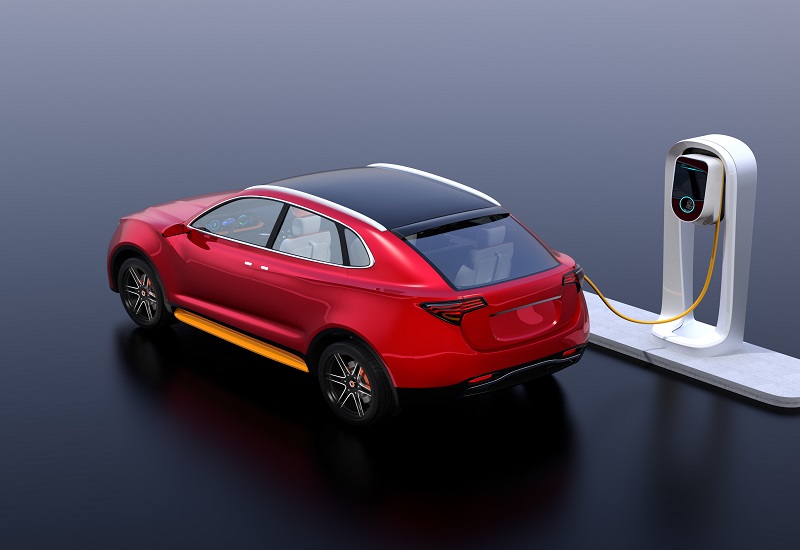
How have stringent environmental regulations impacted corporate mobility policies?
Read more Request Info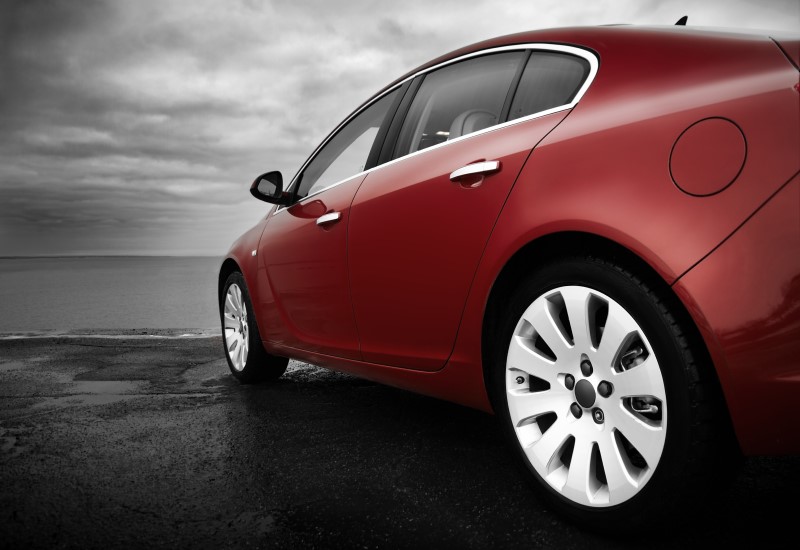
Which population-based factors are driving the need for a seamless and digital purchase journey?
Read more Request Info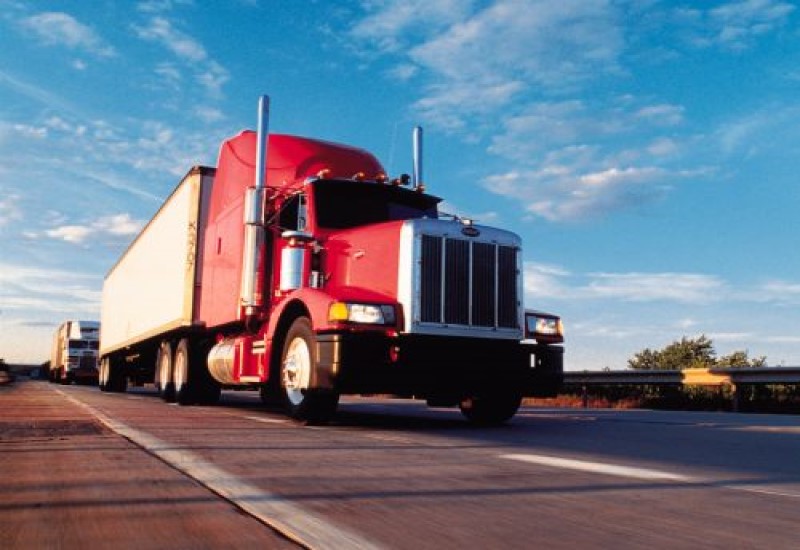
Who are the leading industry players across electrification, ADAS, and much more?
Read more Request Info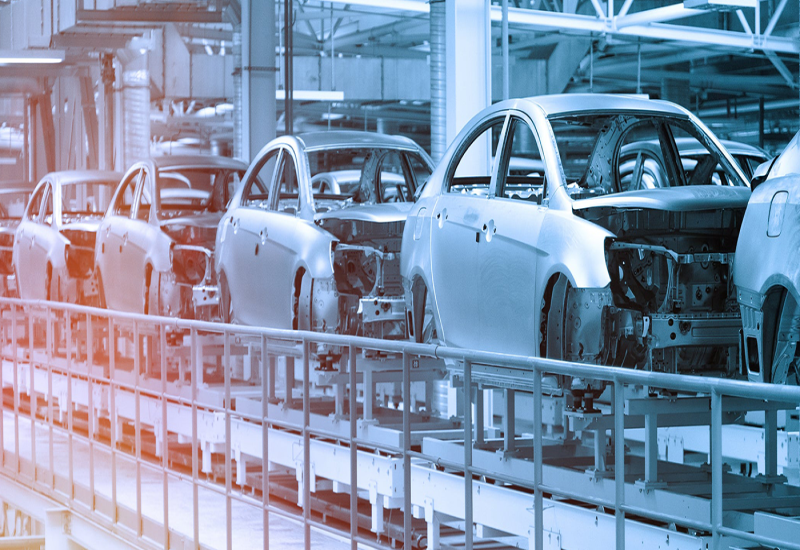
What are the key products and services of one of the largest automotive suppliers?
Read more Request InfoThe marquee Consumer Electronic Show (CES) 2023 – the “most influential tech event in the world” – was back in full strength this year. Held from January 5-8th in Las Vegas, US, it featured all the heavy hitters from the consumer electronics and automotive industry. From flying cars and color changing cars to new electric vehicle (EV) offerings, advances in autonomous driving (AD) and advanced driver assistance systems (ADAS) to innovative connectivity-driven offerings, it was yet another reminder of how dramatically the automotive industry is transforming into an era defined by electrification and software.
Read More
Chinese mobility behemoth Geely is on the prowl for new segments for its electric vehicles (EVs). Its premium EV brand, Zeekr, recently filed for an IPO in the US, which is likely to take place in Q2 2023. Geely owns premium EV brands besides Zeekr. These include electric performance car brand Polestar, which Geely founded with Swedish automaker Volvo, as well as iconic British sports car brand Lotus. Zeekr has a more recent pedigree—started in 2021—and targets a younger, more tech-forward customer cohort. The company’s current portfolio includes the 001, an electric wagon, and the 009 electric passenger minivan, which was unveiled in November 2022.
Read More
The wait just got a little longer. In the works since 2017, Apple’s Project Titan – culminating in an electric, autonomous driving car – hasn’t quite hit its developmental timelines. The “Apple” car intended to mark the tech giant’s big, splashy entry into the automotive industry will now debut only in 2026, with initial plans to equip it with fully autonomous driving capabilities abandoned for a simpler self-driving system. The breakthrough concept of a steering wheel and pedal less car has also been parked for now in favor of a more conventional design complete with pedals and steering wheel.
Read More
Audi of America recently announced the rebranding of its vehicle subscription service “Silvercar by Audi” to “Audi on Demand”. The rebranding will be accompanied by more extensive choices – whether in terms of vehicle, duration, or services – to meet dynamic, continually evolving, and highly variable mobility demands.
Read More
Frost & Sullivan recently analyzed the European battery technology industry and, based on its findings, recognizes Addionics with the 2022 European Battery Technology Innovation Leadership Award. The company builds next-gen rechargeable battery architecture for electric vehicles (EVs) and other applications, and these are transforming the battery and energy storage industry. Addionics’ patented Smart 3D Electrodes technology increases key performance metrics of a battery with any chemistry, increases power and energy density, enhances safety, and extends its lifetime – all while lowering costs.
After-sales service in the fiercely competitive automotive marketplace is renowned for fickle customer loyalty. Typically, the relationship between a dealer and the customer is transactional and temporary; even the slightest mistake can result in a dealer losing a seemingly loyal customer and potential recurring revenue.
The transition from advanced driver assistance systems (ADAS) to autonomous driving (AD) has encouraged original equipment manufacturers (OEMs) to partner with start-ups to develop hardware and software capabilities. Frost & Sullivan’s recent analysis finds that the widespread adoption of Society of Automotive Engineers (SAE) and above autonomous features pushes OEMs to collaborate with multiple technology participants and start-ups to enable autonomous vehicle evolutions.
Read more